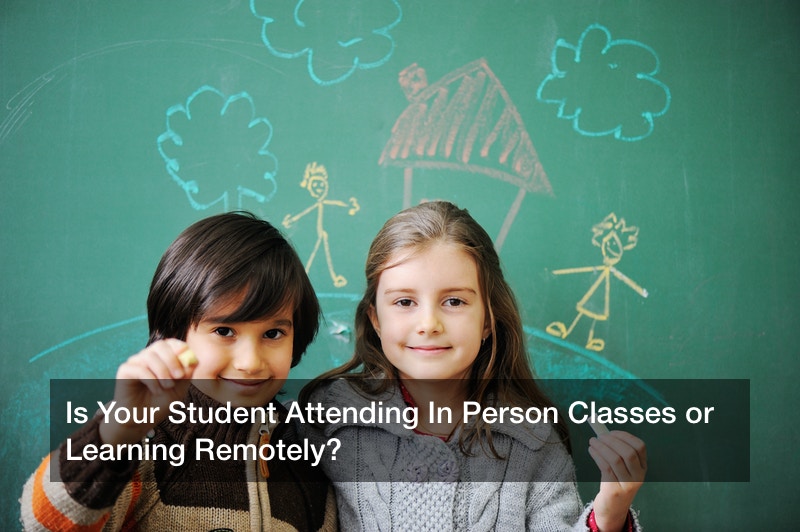
As schools work to operate in a new time focused on keeping children safe and healthy, it Is important to know that there are still some state requirements that cannot be ignored. And while there may eventually be states that make the decision to set aside testing standards and some graduation requirements, in many parts of the country in person learning began with students having to test to show proficiency levels at the beginning of the year.
Like any other time before the pandemic, of course, a TEST DAY remains a time of high anxiety for many students. Assigned to seats in six feet apart in spaces that were once used as modular offices, some students even found themselves in an unfamiliar environment:
- Taking standardized exams can be exhausting.
- Every student, no matter their level of expertise, has to sit for the same test.
- Studying does not always help every student test successfully.
- Test day is rarely a favorite for students, for teachers, for administrators.
- Data from any given exam, however, only shows how students perform on one day.
- An experienced educator knows that while testing may provide some kind of measurement, it is not the only way to evaluate student success.
- Year end testing is often called high stakes testing as these scores are often tied to graduation requirements.
And while a test day this year may be set in a different kind of classroom, many educators still feel that districts need to continue to have high expectations for every learner. Fortunately, with the use of prefabricated office walls and other kinds of modular office techniques and supplies, many schools are able to create a safe environment. At the same time, of course, there are many parents, educators, and administrators who are rightfully concerned about the impact that these sterile, albeit healthy environments, are having on learners.
Prefabricated Office Walls Offer Flexibility to Many Kinds of Spaces
Educators are finding themselves having to reinvent the way they teach their classes this year and those districts that have made use of prefabricated office walls in district offices in the past are finding that creating divided learning spaces is more manageable. And while not many teachers enjoy the sterile look of a classroom that is created by nothing more than prefabricated office walls, at the same time many of them realize that this is the only way they can safely proceed with the school year.
Outside of the world of education many people have long known the advantages of using some kind of modular construction. For example, since 60% to 90% of all prefabricated construction occurs in a warehouse or factory, these projects can be completed much faster when using these methods. And in a time when schools have had to rethink the spaces they need in such a short period of time, the modular approach is often the best one. Fortunately, modular constructions reduce energy consumption during the building process by as much as 67% as well as reducing energy costs later on for occupants.
The entire world is having to rethink the way many kinds of tasks and routines are implemented. At the forefront of these changes, of course, are the educators who are still tasked with teaching children of all ages in spite of the health risks the nation is facing. Updating their digital and online teaching techniques is the task that remote teachers are learning to deal with, but the physical challenges of those who are teaching in person are also significant.
Finding a way to support your child’s educators in these challenging times is more important than ever. From making sure that you are limiting exposure in risky environments while away from school to keeping children home when they are showing any kind of flu or cold like systems is essential. There are other ways, however, that some creative parent groups are reaching out to those professionals who are continuing to teach in the unprecedented times. From paying for food trucks to come to a school to provide staff meals once a month to gifting teachers with necessary materials for today’s classrooms, there are many ways that parents and communities can create an encouraging atmosphere and better classroom spaces..

